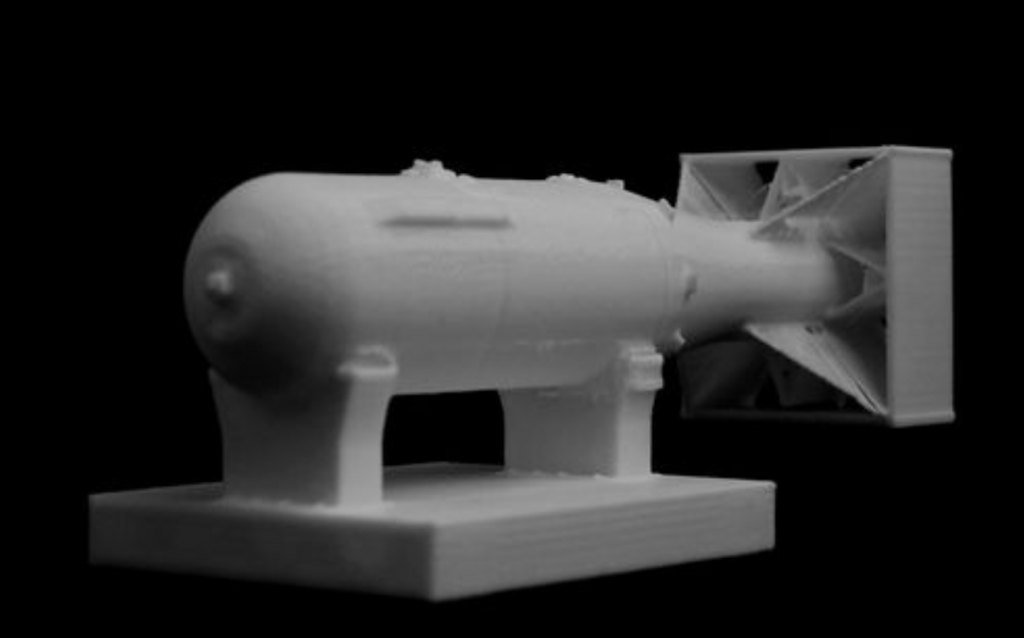An article published today in Melbourne’s Herald Sun increases the scaremongering surrounding 3D printing in Australia. The headline ‘Criminals could use 3D printers to create bombs, guns’ is part of the news website’s Future Melbourne series that looks to safeguard the city’s future in the face of developing technologies. The Herald goes on to make claims about the ability to 3D print high-risk objects such as drugs, guns and bombs, quoting Ramzi Jabbour, the Australian Federal Police Deputy Commissioner saying “3D Printing can be used to produce anything from handbags and shoes to drugs, and uranium centrifuges”. He went on to add that ‘Criminals will be able to manipulate physical objects and potentially edit DNA.’

Some proposed solutions to the ‘imminent’ threat are ‘to stop certain types of technology and equipment being exported by countries with nuclear capabilities’ or ‘introduce export restrictions on certain types of 3D printers’ but that would be futile – the problem simply isn’t with the 3D printers themselves: rather the people who might use them for malicious intent, and there are many more accessible ways for a person intent on wrongdoing to go about it.
Some of the concern comes from a section in the Australian Criminal Intelligence Commission’s Illicit firearms report. The report that lists 3D printed guns as a potential (however low-risk) threat to the nation’s security. Though we can’t deny that it is possible to create such products with 3D printing, one of the most popular stories about 3D printing is of course the technology being used to make guns, the fact remains that 3D printing is much more complicated than the traditional method of manufacturing these objects, or even simply buying them.

Australia has already passed laws prohibiting the manufacturing and distribution of 3D printed guns and their blueprints. Though that isn’t to say illegal activity won’t happen, potential criminals would have to go to great lengths to complete such a project, involving obtaining materials that are already illegal, such as a gun to take apart and find out how it works, and spending significant time, money and research into what is essentially trying to fix something that it isn’t broken. Claims that 3D printing could be used to manipulate DNA are even more tenuous as the nano-technology used in researching of this type of process is, and will always be, a complicated science – it’s not as easy as being able to just ‘press a button’ and you frame the next door neighbor for your crime.

America had a similar panic about 3D printing some years ago, and managed to avoid the banning of 3D printing altogether. Thanks in no small part to the efforts of Public Knowledge, a D.C lobby group who got in front of leglislators to explain what can and can’t be done with 3D printing.
Australia is right to take note of the apparent risks involved in the development of 3D printing, but outright bans are never the answer when facing determined criminals, who by definition are not opposed to breaking the law. It would instead be a crime to prevent the people that want to 3D print the 99% of objects that aren’t threatening to national security.
Featured image shows: a rubber band gun from MyMiniFactory


